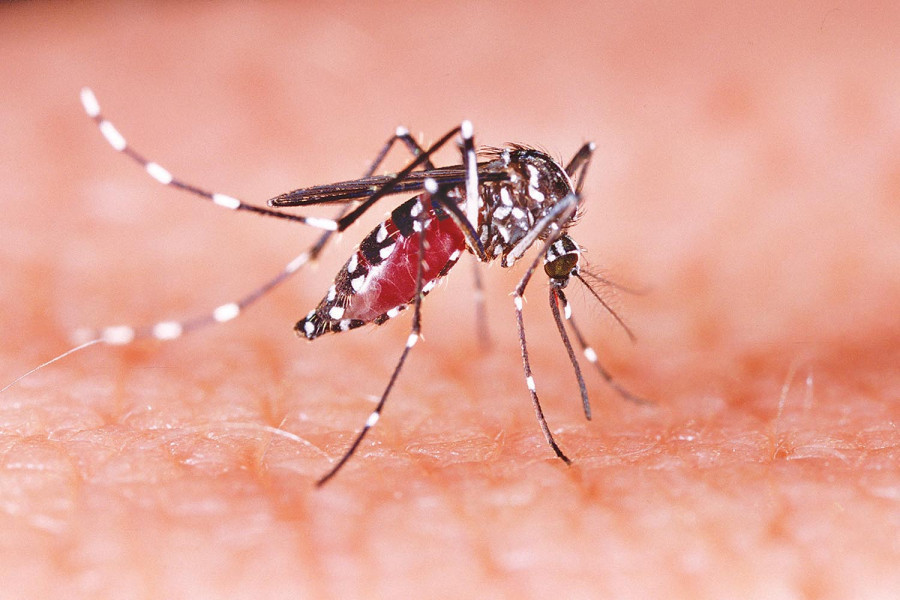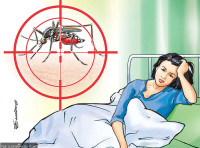Health
Kala-azar creeps into high-elevation districts
Experts say infections in children and in new districts pose challenges to kala-azar eradication by 2026.
Arjun Poudel
At least eight people in Kalikot district have tested positive for kala-azar (visceral leishmaniasis or black fever) since the start of the current fiscal year. Of the infected patients, around 50 percent are children, according to officials at the Health Office, Kalikot.
“In 2024, we recorded 16 cases of kala-azar infection in the district,” said Hem Raj Bom, a kala-azar control focal person at the Health Office, Kalikot. “In the past year, we had as many as 43 cases of kala-azar. The number has been gradually declining due to mitigation measures taken against its spread.”
Kala-azar is transmitted through the bite of the infected female phlebotomine sandfly. Loss of appetite, weight loss, weakness, cough, continuous fever and enlargement of the spleen and stomach are its common symptoms. If not treated on time, the disease has a fatality rate of up to 95 percent.
Health officials say the spread of kala-azar cases in districts like Kalikot, located at an elevation of up to 4,000 meters, and infection in children pose new challenges to the country’s disease elimination goal.
In the past, it was believed that female phlebotomine sandflies, which spread the disease, could not survive at altitudes higher than 650 meters above sea level. But the Health Ministry’s data show that the vector has been found in places at altitudes of up to 2,000 metres such as Bajura, Dailekh, Pyuthan and Kalikot.
Of the two types of sandflies—Phlebotomus adlerious and Phlebotomus major—experts attributed phlebotomus adlerious as responsible for the surge in infections among children. This sandfly species is also infecting children in other countries.
“Children do not wear full-sleeve clothes and play in the open, making them more vulnerable to kala-azar infection,” said Bam. “We have been carrying out active case surveillance to contain the disease’s spread.”
Nepal has committed to eliminating kala-azar by 2026, but the rise in cases in the area considered non-endemic in the past poses a serious challenge to meeting the target, officials concede.
Over 200 new cases of kala-azar infection were reported last year.
Health officials, however, are still optimistic that the country can achieve the 2026 target, as the number of infections has declined significantly.
“To achieve the elimination target, we must reduce the case number to one per 10,000 population,” said Dr Gokarna Dahal, the Vector-borne Disease Control Section chief at the Epidemiology and Disease Control Division. “None of the districts crossed that number this year. We are confident in achieving the kala-azar elimination target.”
In 2005, Nepal, along with Bangladesh and India, committed to eliminating the Kala-azar as a public health problem from the Indian subcontinent by 2015.
By 2021, the number of reported kala-azar cases dropped by over 95 percent, compared to 2007. The target in Nepal is to reduce the annual incidence of kala-azar to less than 1 per 10,000 population at the district level.




 19.12°C Kathmandu
19.12°C Kathmandu














